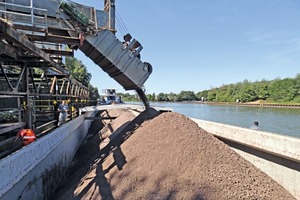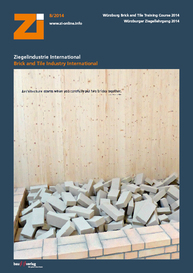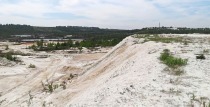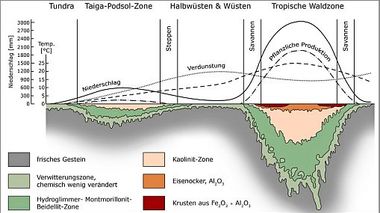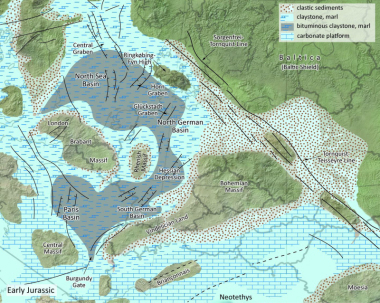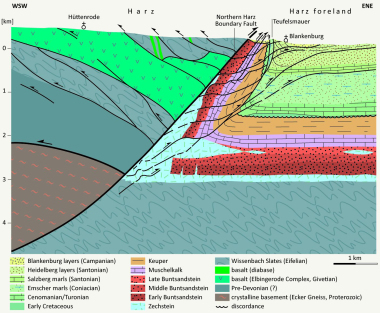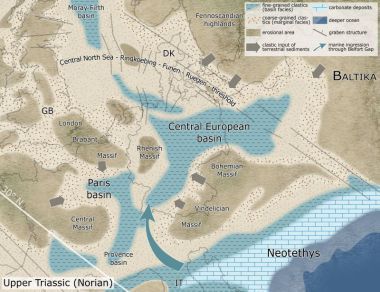Current clay potential in Germany – Part II: clay stone, shaly clay and clayey shale/mica slate
With reference to an up-to-date clay potential map of Germany, key deposits of geologically consolidated clays are presented. On the basis of specific practical examples, the complex relationships between geological formation and ceramtechnological properties are explored. In the first step, the key aspects are physical changes like reduction of the pore volume with simultaneous decrease in water content and expulsion of the molecular water film. In the second step, focus is on the chemical-mineralogical processes of diagenesis and early metamorphosis. For example, the successive change in the primary clay mineral genesis depending on the geological burial depth. What are the differences between clay stone, shaly clay and clayey shale? How thick can clay sediments be? Where do the largest clay potential and reserves lie in Germany? Where are the best shaly clays? All these questions are answered in the paper.
EurGeol Dr. Lutz Krakow, Dr. Krakow RohstoffConsult

